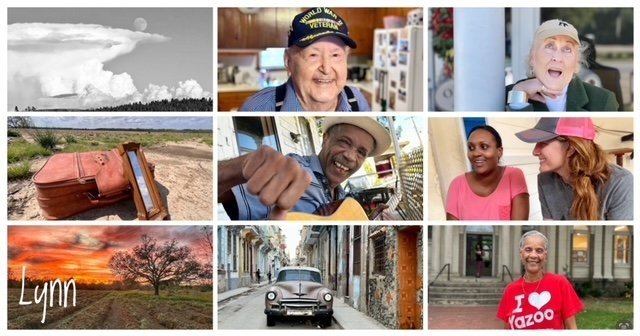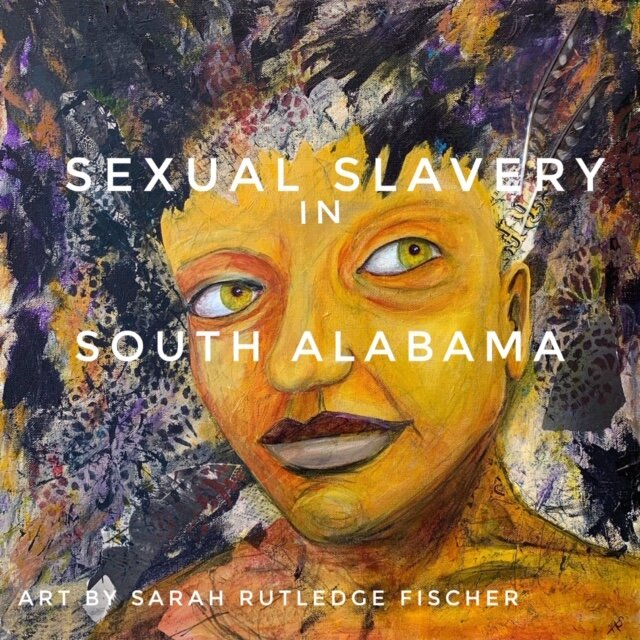Emmett Till
After each of my two boys gets his driver’s license, his first road trip must take him from my childhood home in Yazoo City, Mississippi, 60 miles north to Money, Mississippi, to learn about the last days of Emmett Till. This summer it was 16-year-old Jake’s turn.
Money, Mississippi, is a forgotten, almost deserted Delta town a few miles north of Greenwood. It’s unincorporated, and like most of the Delta, the land hasn’t changed in generations. Rich, flat fields line up in straight rows, looking like the spinning spokes of a bicycle as you drive by.
The town’s name is not a reference to prosperity, far from it. It’s named after U.S. Congressman and Senator Hernando DeSoto Money. A Confederate soldier and lawyer, Money served in Washington from Reconstruction through the turn of the 20th century.
The two lanes of County Road 518, better known as Money Road, curve at the Little Zion Missionary Baptist Church, passing through a deep stretch of American history — the grave of blues legend Robert Johnson, a possible location of Bobbie Gentry’s Tallahatchie Bridge from the song “Ode to Billie Joe,” and Bryant’s Grocery, where the civil rights movement began.
All that’s left of Bryant’s Grocery are four broken brick walls shaded by trees and covered in kudzu. The roof and porch caved in years ago. Vines hang over the sign that warns "Private property. Violators will be prosecuted." Surrounded by cotton fields and railroad tracks, a Mississippi Freedom Trail marker placed in 2011 is the only reminder of the historic event that happened there 65 years ago.
The marker tells the short version of the story: Emmett Till, a black 14-year-old from Chicago, came to Money with his cousin for a short vacation with their great-uncle, Moses Wright. The boys were warned about Jim Crow laws strictly enforcing segregation. Emmett entered the store on August 24, 1955, to buy candy. The white shopkeeper, Carolyn Bryant, accused Emmett of sexually accosting her. His cousins heard him whistle at her while they waited outside.
Four days later, Roy Bryant and his half-brother, J.W. Milam, kidnapped Emmett at 2 a.m. They beat and shot the teenager, then tied a 75-pound gin fan to his neck with barbed wire before dropping his body into the river.
Milam and Bryant were charged with kidnapping, and Emmett's body was pulled from the river three days after his abduction. After a 67-minute deliberation, including a soda break, a jury of white men acquitted the two men of murder and kidnapping charges. Both were acquitted but sold their confession story to Look magazine a year later. The fifth amendment protection against double jeopardy prevented the men from being tried again for killing the teenager.
Emmett's mother, Mamie Till, insisted that her son’s body be returned to Chicago for the funeral. Horrified by the mutilation, Mamie Till opened her son's casket for the world to see. Pictures of Emmett's disfigured face, along with news of the trial, "outraged black and sympathetic white Americans,” according to the historic marker. Images published by JET magazine and the national press forced the world to acknowledge the brutality of racism in America.
Emmett’s murder has been called a catalyst for starting the American Civil Rights Movement. On December 5, one hundred days after his murder, Rosa Parks refused to give up her seat to a white man on a public bus in Montgomery, Alabama.
On the back of the historical marker at Bryant’s Grocery is a quote from Rosa Parks. "I thought of Emmett Till, and when the bus driver ordered me to move to the back, I just couldn't move."
Standing in front of the remains of Bryant’s Grocery and reading the marker, it’s easy to imagine Emmett laughing with his cousins and walking into the store for candy on a hot August day – unaware of the torture and murder just ahead of him, unaware of the movement his death would ignite. He was not much younger than my boys are now.
Carolyn Bryant originally said Emmett grabbed her and was sexually crude to her, but six decades later, she broke her silence and told Timothy Tyson, “that part is not true.” Tyson’s book, The Blood of Emmett Till, was published in 2017.
There have been attempts to save Bryant's Grocery, now owned by the family of Ray Tribble, one of the jurors in the trial of Emmett's killers. In 2018, Jerry Mitchell, an investigative reporter who helped reopen civil rights cold cases in Mississippi, wrote a story about the crumbling store.
He reported, "the world’s most recognized Emmett Till site is nearing extinction, but the owners all but refuse to sell it, demanding $4 million for what little remains.”
Mitchell explained that the Tribble family purchased the property in the mid-1980s. Less than a decade later, the front porch fell down. In 2004 the roof collapsed, and Hurricane Katrina devastated the store a year later, but the family has turned down offers to stabilize the building. Mitchell wrote, “Whatever value the store once had has plummeted below $20,000, according to the Leflore County tax assessor’s office.”
There are other local markers connected to the story of Emmett Till. The River Site marker at Graball Landing shows the approximate location where Emmett's "swollen and mutilated body" was pulled out of the river by fishermen. Emmett’s uncle, Moses, identified the body based on a ring.
The River Site marker has been replaced several times due to vandalism, and the current sign has seven bullet holes in it. In 2019, three white students from the University of Mississippi posed in front of the sign grinning and holding rifles. One of them posted that picture to Instagram.
The Emmett Till Historic Intrepid Center at the nearby Glendora Gin fills in more of Emmett's story. It also claims that the old metal fan used to sink Emmett's body was taken from that gin. In the museum's video, Glendora Mayor Johnny Thomas said there were more black bodies thrown into that river, and he founded the center to preserve history and allow healing to begin.
Emmett’s nickname, the museum says, was Bobo, and he never met his father, Louis Till, who was killed while serving in World War II. By the age of 5, Emmett was diagnosed with polio. He outgrew the disease, but stuttered for the rest of his life. His mother was reluctant to let him go to Mississippi and warned him about the rules of the South. Before his departure, she gave Emmett his father's ring, engraved with the initials L.T., and kissed him goodbye for the last time.
The museum lists the graphic specifics of Emmett's torture: He was pistol-whipped, kicked, teeth were knocked out, eye gouged, ear cut off with a knife, nose separated by an ax, the front of his face was severed, he was shot with a .45-caliber handgun at least three times, barbed wire was wrapped around his neck, and the heavy fan was tied around his neck before he was thrown into the river. A .45-caliber handgun, a knife, an ax, and barbed wire are displayed next to the list.
The museum also displays replicas of the front of Bryant's Grocery, and a bedroom from the house where Emmett stayed. A white-topped green Chevy truck is like the one that carried the kidnapped Emmett away, and a fan on display is like the one that sunk his body to the bottom of the river.
The museum's final sign reads, "As we reflect on then and now, it is evident that we have come a long way, that there are still more stories that we the people need to take. Let's not focus totally on the problems, but on the promises and triumphs ... In the scales of life, strive to be on the side of righteousness, justice, and purpose. Remember the smiles and beautiful spirit of Emmett and ask yourself, ‘What positive things am I doing with the liberty that so many have died for?’"
In protests and marches around the country this summer, Emmett’s name has been chanted along with George Floyd, Breonna Taylor, and others. Raising his name as more African Americans die means we still have a long way to go.
(The picture is the front of Bryant’s Grocery today)






